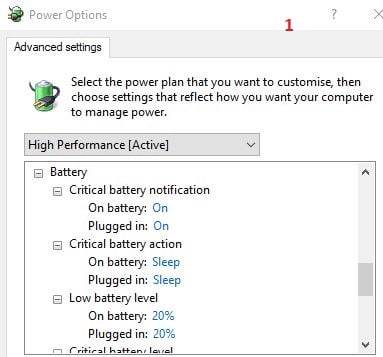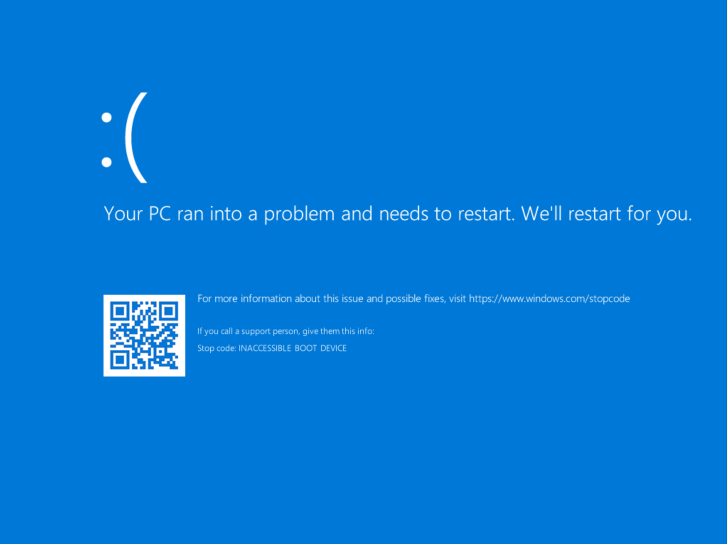


The memory used by the Parallels Desktop application will still be locked. Note: Only the amount of RAM used by the guest OS will be released. The released resources can then be used by the host computer and its applications or by other virtual machines running on the host computer. Pausing a virtual machine releases the resources, such as RAM and CPU, currently used by this virtual machine. To resume a suspended virtual machine, click the Resume button in the Parallels Desktop toolbar or choose Resume from the Virtual Machine menu.

Warning: If you edit the configuration of a suspended virtual machine, you will not be able to resume this virtual machine. You can see the progress of saving the virtual machine's state in the Suspending window. click the Suspend button in the Parallels Desktop toolbar.choose Suspend from the Virtual Machine menu or.To suspend a virtual machine, do one of the following: spend much time on shutting the guest operating system down and then starting it again.quit the applications running in the virtual machine.Suspending your virtual machine may prove efficient if you need to restart your Mac, but do not want to: When the suspended virtual machine is resumed, it continues operating at the same point the virtual machine was at the time of its suspending. When you suspend a virtual machine, you save its current state (including the state of all applications and processes running in the virtual machine) to a special file on your Mac. Suspending a virtual machine is similar to putting a real computer into the sleep mode. Instead of performing these operations, you can suspend or pause a virtual machine for the required time and quickly resume it later. Starting and shutting down virtual machines may take a considerable amount of time.


 0 kommentar(er)
0 kommentar(er)
